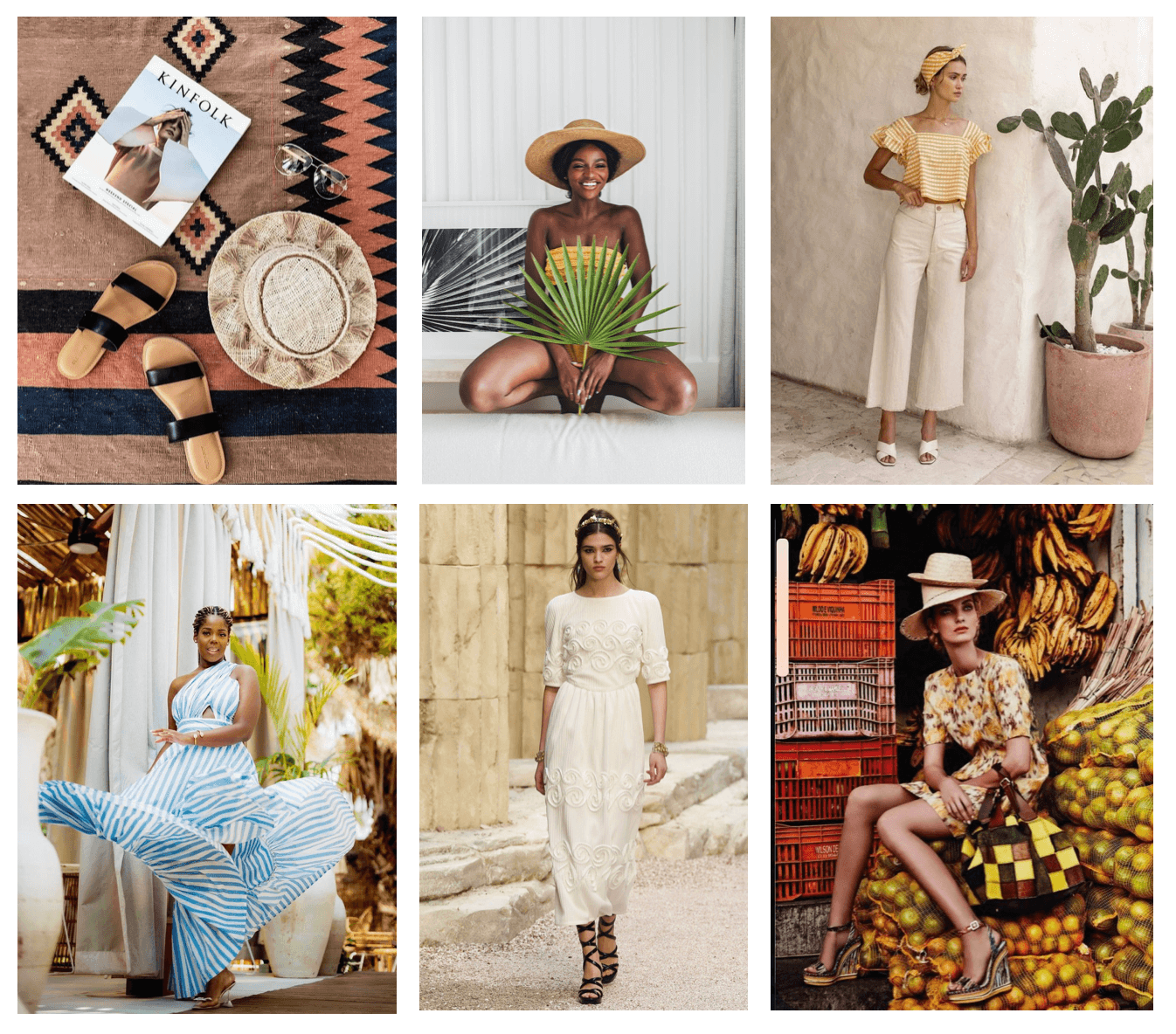[et_pb_section fb_built=”1″ admin_label=”Header” _builder_version=”4.21.0″ _module_preset=”default” collapsed=”on” global_colors_info=”{}” theme_builder_area=”post_content”][et_pb_row _builder_version=”4.21.0″ _module_preset=”default” width=”100%” max_width=”100%” global_colors_info=”{}” theme_builder_area=”post_content”][et_pb_column type=”4_4″ _builder_version=”4.20.0″ _module_preset=”default” global_colors_info=”{}” theme_builder_area=”post_content”][et_pb_text _builder_version=”4.21.0″ _module_preset=”default” text_font=”DM Sans|300|||||||” text_font_size=”16px” header_2_font=”|300||on|||||” header_2_text_align=”center” header_2_text_color=”#0b464e” header_2_font_size=”3em” header_2_letter_spacing=”3px” global_colors_info=”{}” theme_builder_area=”post_content”]
A short history of vacation dressing.
[/et_pb_text][et_pb_text _builder_version=”4.20.0″ _module_preset=”99cdb723-2d68-4843-b1d0-1957b393af1d” custom_padding=”0px|||||” global_colors_info=”{}” theme_builder_area=”post_content”]
In the dead of winter, as many are hunkering down with hot soup and a good book and dreaming of longer, warmer days, designers release “resort” collections full of bright, warm-weather pieces. What does “resort wear” mean, and how did this practice come to be?
The early days of resorts
In the late 1800s, the spread of railroads made recreational travel more accessible. Grand Hotels and resorts began popping up in the mountains, by the sea, and in other beautiful destinations. The wealthy visitors to these resorts enjoyed days filled with dancing, boating, and other activities that called for a varied wardrobe and often resulted in many outfit changes throughout the day. A need for “leisure wear” for vacationers began to develop.
Following the stars
In the inter-war period (1918-1939), the rich and famous flocked to resorts in places like Cannes, St Moritz, or Palm Beach to see and be seen, and reporters followed to document what they were doing and, crucially, what they were wearing.
In response, designers began creating collections specifically to be worn at resorts, such as light airy linen pieces perfect for days at the beach. In the 1920s and 30s, “beach pajamas” (coordinated sets consisting of loose wide leg trousers and a matching jacket) were the height of style and could be worn from day to night. Designers even began opening boutiques at resorts to make their designs easy to purchase.
Early to capitalize on this trend, Coco Chanel opened her first boutique in the seaside resort town of Deauville in 1913 followed by one in Biarritz two years later.
During the economic boom after the end of the Second World War, leisure travel became more accessible to the middle class and demand for “vacation wear” increased. Clothing manufacturers began releasing a line of warm-weather pieces in the middle of winter, and the practice has stuck!
[/et_pb_text][/et_pb_column][/et_pb_row][et_pb_row column_structure=”1_2,1_2″ _builder_version=”4.21.0″ _module_preset=”default” width=”100%” max_width=”100%” custom_padding=”0px||0px|||” locked=”off” global_colors_info=”{}” theme_builder_area=”post_content”][et_pb_column type=”1_2″ _builder_version=”4.20.0″ _module_preset=”default” global_colors_info=”{}” theme_builder_area=”post_content”][et_pb_text _builder_version=”4.21.0″ _module_preset=”81d726c9-1421-403f-8d45-9c7bb09ae6b6″ header_4_letter_spacing=”0em” custom_margin=”||10px||false|false” locked=”off” global_colors_info=”{}” theme_builder_area=”post_content”][/et_pb_text][/et_pb_column][et_pb_column type=”1_2″ _builder_version=”4.20.0″ _module_preset=”default” global_colors_info=”{}” theme_builder_area=”post_content”][et_pb_button button_url=”http://consign-couture.com/shop” button_text=”Shop pre-loved resortwear online” button_alignment=”right” _builder_version=”4.21.0″ _module_preset=”default” custom_button=”on” button_text_size=”16px” button_text_color=”#08444c” button_bg_color=”#93e2dd” button_border_width=”10px” button_border_color=”#93E2DD” button_border_radius=”100px” button_letter_spacing=”3px” button_font=”|||on|||||” hover_enabled=”0″ global_colors_info=”{}” theme_builder_area=”post_content” disabled_on=”on|on|on” disabled=”on” sticky_enabled=”0″][/et_pb_button][/et_pb_column][/et_pb_row][et_pb_row _builder_version=”4.21.0″ _module_preset=”default” width=”100%” max_width=”100%” global_colors_info=”{}” theme_builder_area=”post_content”][et_pb_column type=”4_4″ _builder_version=”4.20.0″ _module_preset=”default” global_colors_info=”{}” theme_builder_area=”post_content”][/et_pb_column][/et_pb_row][/et_pb_section]
